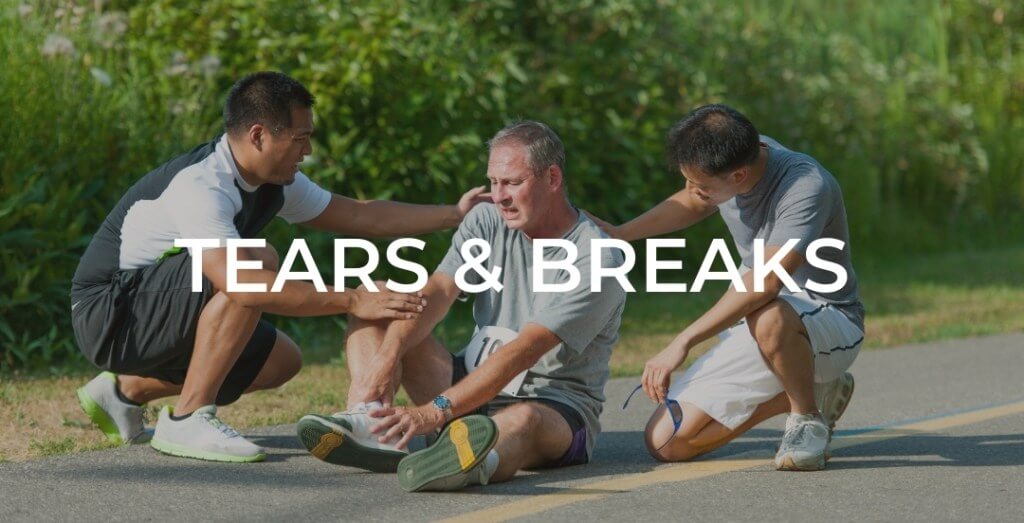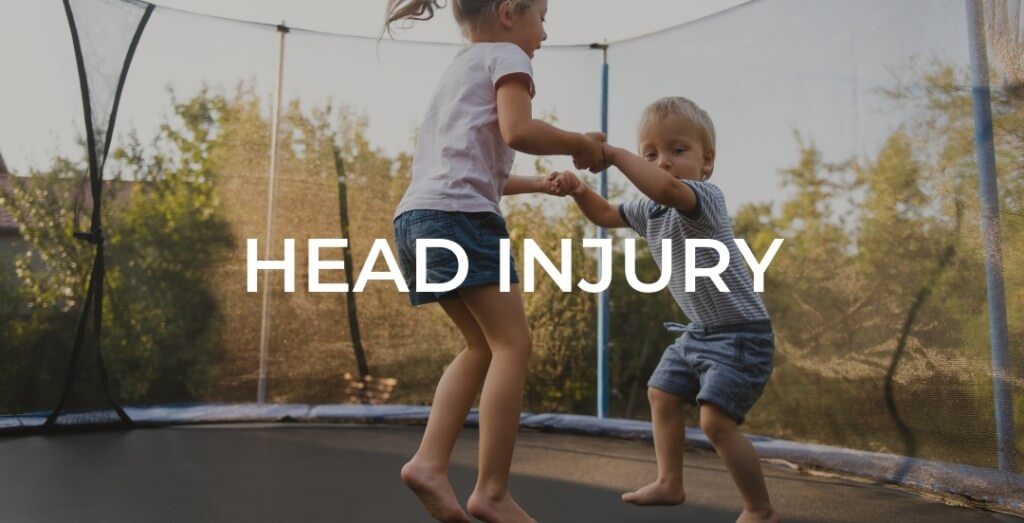Urgent Care or ER: Summer Injuries Edition
- Category: Seasonal, Illness & Injuries
- Posted On:
.jpg)
Ramping up our activities in the summer comes with an increased risk for injury. You may have wondered "Is this serious enough to go to the doctor?" or "What is the difference between Urgent Care and the Emergency Room?" Urgent Care clinics handle a breadth of illnesses and injuries. Here's a breakdown of common summer injuries and when the Emergency Room should be considered over Urgent Care.
Limb Tears and Breaks Can be Handled at Urgent Care
If you think you’ve broken a bone, you need to be seen by a doctor ASAP. Urgent care has casting equipment, X-ray services, and most equipment needed to handle broken bones of the hand, wrist, ankle, or foot. Urgent care also handles sprains and strains.
When to go to the ER: Bone breaks of the rib, sternum, spine, skull, face, pelvis, and multiple body fractures should be handled at your nearest ER. Additionally, if the bone has protruded the skin or if the patient is unreceptive/unconscious.
First and Second Degree Burns Can be Handled at Urgent Care
Whether you stayed too long at the beach or got had an accident during a BBQ, burns can be a painful part of anyone’s summer. Second-degree burns and sunburns can usually be handled at an urgent care facility. Second-degree burns are red, blistered, swollen, and painful.
When to go to the ER: Third or fourth-degree burns or burns that cover more than 8% of the patient’s skin should receive ER attention immediately.
Cuts and Wounds can be Handled at Urgent Care
Tree branches, gardening tools, beach shells, and many more items run the risk of slicing skin. Urgent care handles non-life-threatening wounds, minor bites, and cuts that need stitches but the edges are straight.
When to go to the ER: If the bleeding will not stop or the injury has cut through a major vein or artery. If the edges are jagged or uneven, or if you can see fat, muscles, or veins through the cut.

Food Poisoning Can be Handled at Urgent Care, With Some Exceptions
Food poisoning is common in the summer due to food being undercooked or left out in warm conditions. Luckily, symptoms rarely last over 48 hours. Urgent care is a great option for most people suffering from a stomach bug or food poisoning. The wait times and co-pays are much lower than the emergency room.
When to go to the ER: If there is blood in your stool, if your symptoms include severe dehydration, if you are passing out or have trouble swallowing, or if you have a fever over 101 degrees.
Some Head Injuries & Concussions can be Handled at Urgent Care
Head injuries are serious. If you or your child have suffered a blow to the head but have not lost consciousness, head to urgent care for an assessment as soon as you can. This is usually a sign of a grade 1 concussion.
When to go to the ER: Loss of consciousness is always indicative of a grade 3 concussion and should be taken seriously. Additionally, if the injured person is disoriented, confused, or has nausea or vomiting, head to the ER.
---------------------
The ER is meant for true emergencies, which is why it’s usually staffed 24 hours a day. ER staff handle trauma, surgical procedures, and other life-threatening situations. Ogden Clinic Urgent Care is not open 24 hours per day, but all of our locations have evening and weekend hours to serve your family.
Ogden Clinic Urgent Care features:
- Nearly all insurance plans accepted
- Lower copays than the ER
- Locations throughout Northern Utah
- Extended weekend and evening hours (not staffed 24/7)
- Walk-in visits and online check-in
If it’s non-life-threatening, Urgent Care could save your family an arm and a leg! View locations and hours here.



